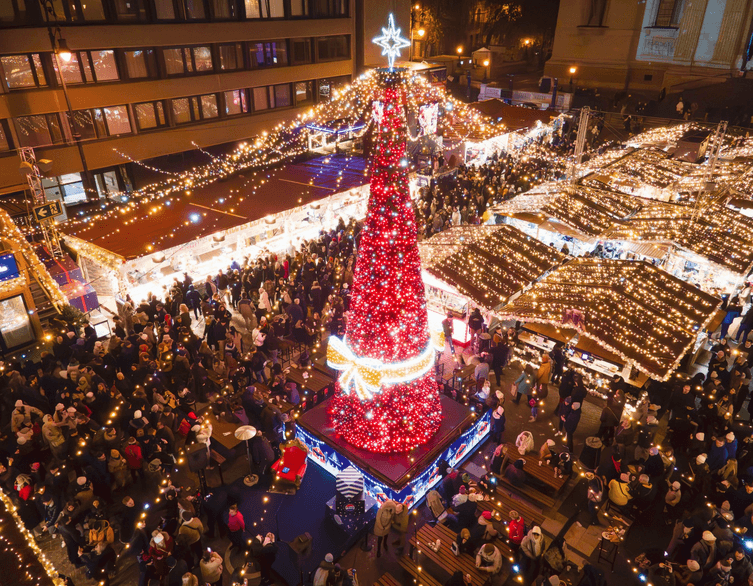Ensuring Food Safety at Budapest’s Holiday Markets: What Visitors Should Know

As the festive season lights up Budapest, the city’s vibrant Christmas markets become must-visit destinations for travelers eager to enjoy authentic Hungarian holiday treats and gifts. However, alongside the festive charm, the National Authority for Trade and Consumer Protection (Nemzeti Kereskedelmi és Fogyasztóvédelmi Hatóság, NKFH) has stepped up food safety inspections this year to ensure visitors enjoy their culinary experiences without worry. This heightened vigilance covers a range of popular festive foods including dried fruits, nuts, and the beloved Hungarian szaloncukor (traditional Christmas confectionery), which are staples at markets, shops, and temporary stalls throughout the city.
Why Increased Food Safety Checks Matter
During the busy Advent period, food sales and the number of pop-up hospitality venues increase significantly, raising the potential for food safety risks. The Nemzeti Kereskedelmi és Fogyasztóvédelmi Hatóság has ordered comprehensive inspections of markets and vendors to ensure all food products meet strict hygiene and safety standards. The goal is to enforce regulations that keep food safe from contamination and maintain clear traceability through all stages of sale.
One challenge highlighted by the NKFH is the risk posed by bulk or unpackaged products sold at seasonal markets. These can be more susceptible to cross-contamination and often lack proper documentation about their origin or quality. For example, nuts sold loose such as walnuts, hazelnuts, almonds, chestnuts, peanuts, and pistachios are carefully checked to prevent the sale of low-quality or mislabeled products and to verify the authenticity of their source.
Risks Associated with Popular Holiday Foods
Nuts and dried fruits are seasonal favorites at Budapest’s holiday stalls, but they can come with specific food safety concerns. Aflatoxin contamination is a known hazard for oil-rich nuts, which can be dangerous if consumed in large amounts. Dried fruits are inspected for sulfur dioxide levels, a preservative that can pose health risks in excess. Additionally, mold growth is a concern that inspectors actively monitor.
Best deals of Budapest
When it comes to szaloncukor, the iconic Hungarian Christmas sweet, inspectors focus on ensuring product integrity and safety. Issues such as candy mixing, package separations, and missing allergen labeling must be avoided to protect consumers, especially those with allergies.
What This Means for Visitors to Budapest
For tourists visiting Budapest’s festive markets—from the grand bazaars at Vörösmarty Square to the cozy stalls at local squares—this enhanced food safety scrutiny means a safer and more trustworthy holiday shopping experience. Visitors can indulge in traditional treats like roasted chestnuts and szaloncukor with confidence, knowing that health authorities actively oversee vendors. Aside from delicious food, many stalls feature unique handmade crafts and seasonal gifts, making every market visit a rich cultural experience.
Budapest’s commitment to quality extends beyond food safety, as the city’s many Christmas events and markets also observe hygienic standards in hospitality venues, waste management, and product traceability. This comprehensive approach ensures that celebrating the season in Budapest is both joyful and safe for all visitors.
Enjoy Budapest’s Festive Season with Peace of Mind
When planning your Budapest trip during the holiday season, rest assured that behind the scenes, rigorous efforts protect both locals and tourists alike. From the quality of festive delicacies to the cleanliness of market stalls, the Trade and Consumer Protection and related institutions actively maintain high standards. This lets visitors focus fully on the magic of Budapest’s Christmas markets—the dazzling lights, the warm aromas, and the festive atmosphere—making it a memorable and worry-free holiday destination.
Related news
Related events


















